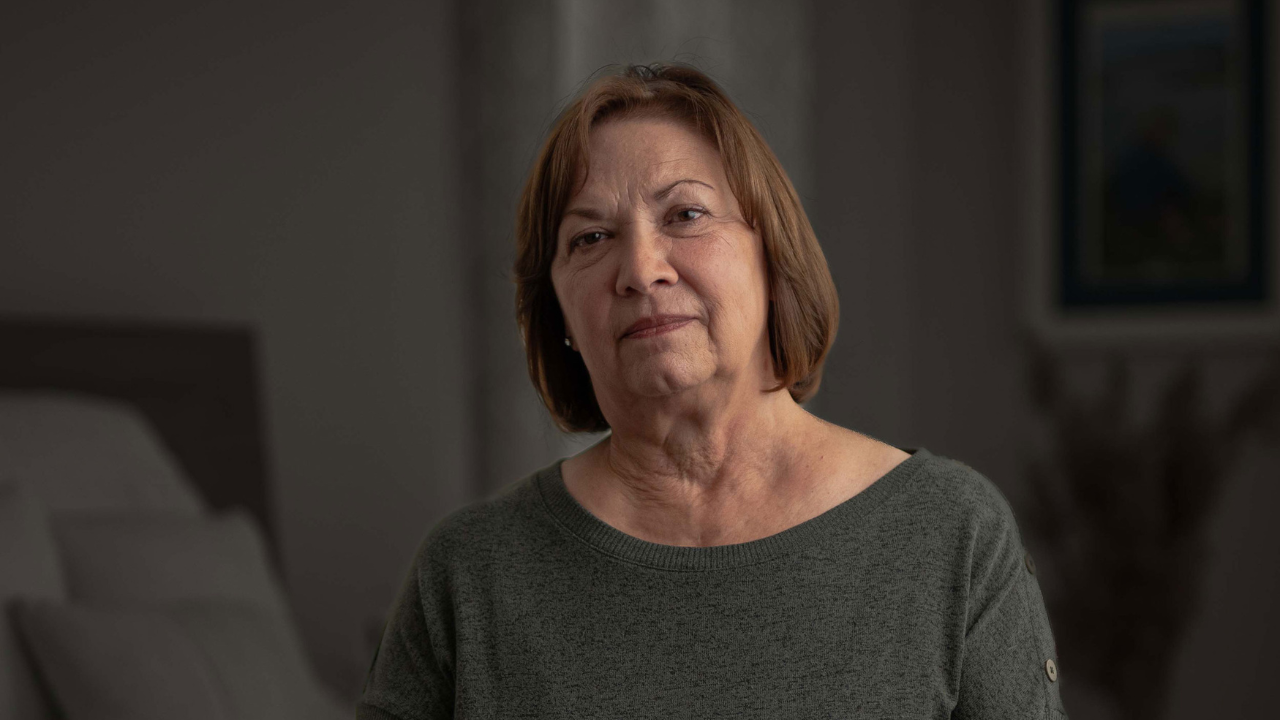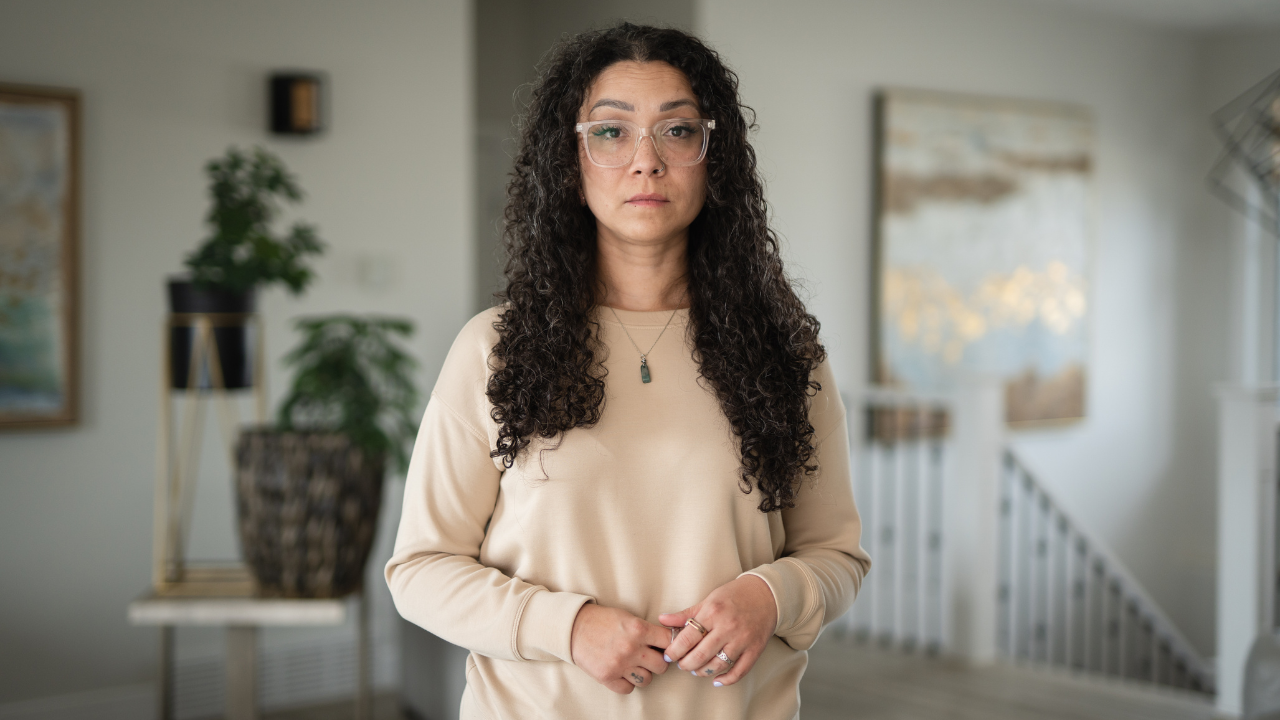can have more than one outcome:
- Remission – This means there is no evidence of disease – sometimes people call it “dancing with NED”. Normal CA125 test results, CT scans, and physical exams can indicate you are in remission. This could last for months or years. Some finish their frontline treatment and never deal with this disease again.
- Stable disease – This means that the cancer is still present (probably reduced in size) and scans and tests reveal no change in your condition over time.
- Disease progression – This means the cancer is growing. If disease progression happens during or soon after treatment, your doctors may change your treatment plan. If disease progression happens after a period of remission, it is called a recurrence.
When your treatment is over, you may experience feelings of insecurity and loneliness, and fear of recurrence. You may also feel a need to take responsibility for your health.
If you are worried and stressed, there is information and support which may help.

Follow up tests
Follow-up tests and treatments will vary once your treatment is complete.
You will have scheduled visits with your doctor to:
- monitor your response to treatment
- recognize and immediately deal with any treatment-related complications
- monitor for a recurrence of the cancer
The frequency of visits will vary according to your specific situation, although a general guideline is:
- year 1: every 3 months
- years 2-3: every 4 months
- years 4-5: every 6 months
- years 5+: annually
It is your right to understand how your follow-up care has been planned and how you are being monitored for recurrence. Be sure to talk to your doctor about what to expect, and ask any questions you may have about how decisions about your care are being made.
CA125 blood test
Some people with ovarian cancer will experience an increase in their CA125 levels, while others will not. While CA125 level may be elevated, you might be feeling well and be without symptoms.
A rising CA125 does not always mean that treatment should begin again. Research shows that starting treatment for recurrence early based on an increasing CA125 does not lead to better survival outcomes, and may actually decrease quality of life. Whether to use the CA125 or to monitor for possible recurrence on the basis of symptoms needs to be discussed with your gynecologic oncologist. Together you will decide whether or not to regularly monitor your CA125 and if so, what steps will be taken if your CA125 begins to rise (this might be a “watchful waiting” approach, or beginning treatment).
Recurrence
When cancer returns after a period of remission, it is considered a recurrence.
Many people with ovarian cancer experience a recurrence or multiple recurrences. For those who have experienced a recurrence, it may be helpful to think of ovarian cancer as a chronic disease that will need to be managed.

Treatment for recurrence
Treatment options for recurrence may include:
- use of chemotherapy drugs
- use of other drugs like PARP inhibitors or angiogenic inhibitors
Some considerations regarding treatment of recurrence include:
- Length of time from the finish of the first treatment series to recurrence (also called progression free survival).
- if the cancer recurs in less than 6 months following the standard taxol and carboplatin regimen, it is likely that and that alternatives to platinum drugs will be needed to treat the recurrence.
- if it is 6 – 12 months from completion of treatment to recurrence, platinum drugs may be considered again.
- if it is more than 12 months, platinum drugs are likely to be used again. Platinum drugs are usually the first choice, and if there is a a number of regimens are considered.
- Consideration of side effects, such as neuropathy, also needs to be given to the choice of chemotherapy drugs.
- Clinical trials may be an option to be explored.
- is not usually given in recurrence because of the possibility of surgical adhesions, sometimes referred to as scar tissue, that limit its effectiveness.
- is an option if it has been and the new disease is only in one area. If there has been then, depending upon where the spread is, surgery may or may not be an option.
Other issues
Palliative care
Palliative care is specialized health care for individuals that focuses less on curing disease, and more on promoting a high quality of life, reducing/managing symptoms, providing spiritual, psychological, emotional, and social support, and offering similar supports to loved ones and caregivers. It may be combined with other treatments aimed at reducing or managing the illness. In some cases, palliative care is necessary to ensure a peaceful, dignified, and self-determined dying process, and will provide grieving support for loved ones and caregivers. Ultimately, the goal of palliative care is to provide comfort and dignity for the person living with the illness as well as the best quality of life for both this person and their family and friends.







